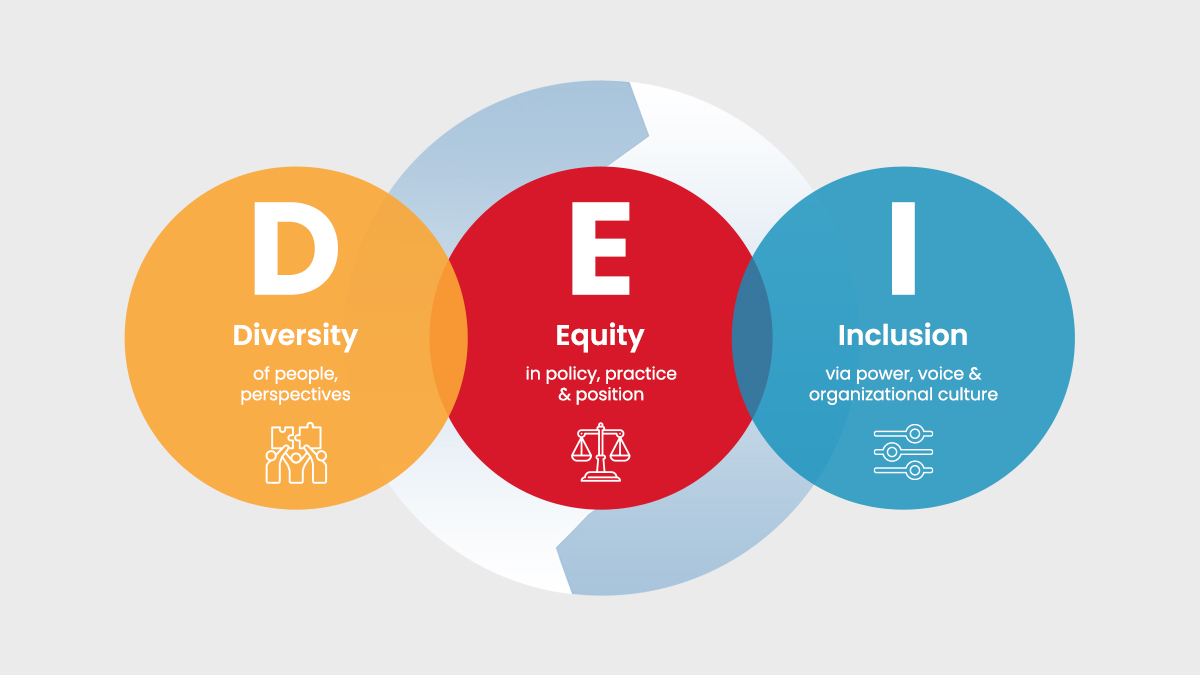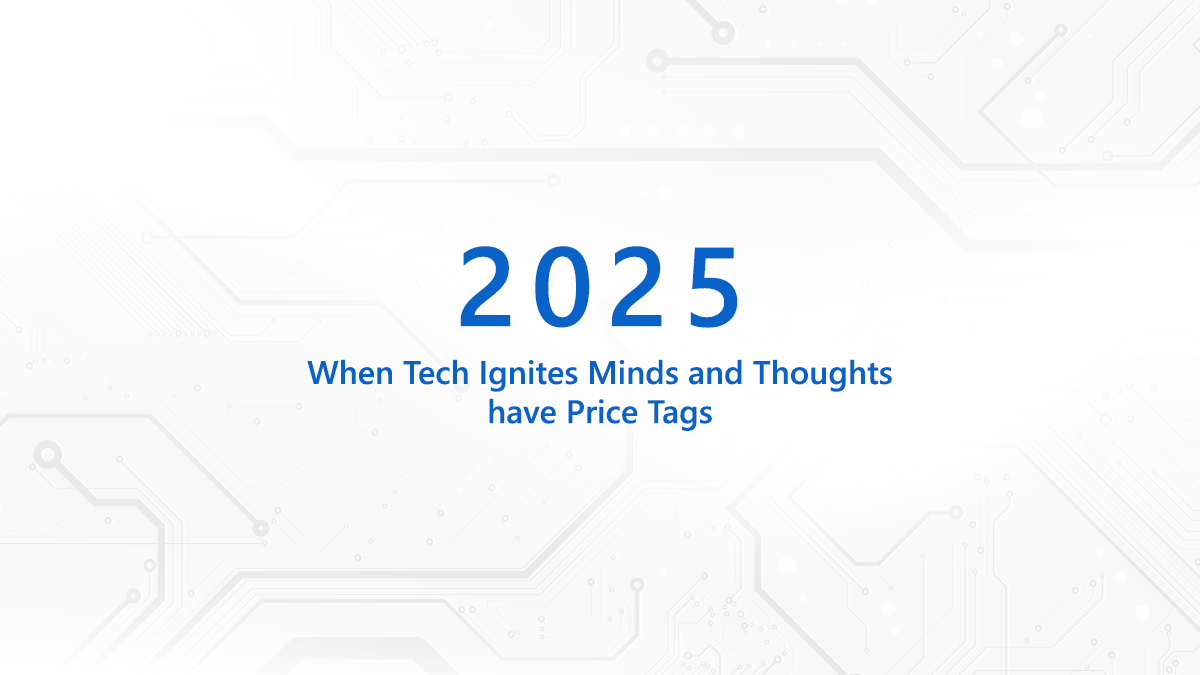Generative AI isn’t just a buzzword anymore. It's real, it's powerful, and it's shaking up industries faster than we can say "algorithm." It is the world tilting technology that has everyone in the tech world going gaga. And why wouldn't it? We're talking about a technology that can literally create original content from scratch - images, videos, stories, code, you name it!
In my previous blogs, I have been on a rollercoaster ride with Generative AI- from singing its praises to waving red flags: https://www.csm.tech/blog-details/how-generative-ai-can-reboot-participatory-democracy/. I have dilated on the promises of this cutting-edge technology: https://www.csm.tech/blog-details/how-ai-democratization-can-empower-people--enterprises/. Also, I dived into the implications of EU’s AI Act on businesses developing Generative AI solutions: https://www.expresscomputer.in/guest-blogs/eus-ai-act-is-as-much-about-enabling-business-as-regulating/113079/
However, no business can sustain and leapfrog on promises alone. Companies are pouring pots of dollars into Generative AI research. Yet, most of the companies are stuck in the PoC quicksand where profitability seems a mirage. Accenture has cracked the code with $2 billion in global AI sales, but for most of the rest, monetizing Generative AI still remains a head-scratcher.
One thing is undeniable- Generative AI is on track to revolutionize industries and unlock trillions in annual economic value. Research by McKinsey suggests Generative AI could add between $2.6 trillion and $4.4 trillion to the global economy every year. To put that into perspective, the UK's entire GDP in 2021 was $3.1 trillion. That's the kind of impact we're talking about—potentially a game-changer on a massive scale.
But, before we get too carried away, let's dig into the real story. Yes, the potential is enormous, but so are the challenges. Implementing Generative AI isn't a quick fix. It involves multi-year projects, hefty costs, and the big, looming question of ROI.
ChatGPT and other AI platforms are grabbing headlines, but the behind-the-scenes reality is more nuanced. Running these Large Language Models (LLMs) isn't cheap or easy. It demands substantial time, resources, and expertise. This complexity raises critical questions: Will the long-term ROI justify the investment? How practical are these AI solutions in the real world?
Are we ready to embrace Generative AI fully? The answer lies in careful planning, realistic expectations, and a willingness to navigate the complexities.
For starters, we can't just let this powerful tech run wild without any rules or boundaries. Speaking of trust, that's another factor we need to tackle. Then there's the not-so-small matter of having enough skilled professionals to actually make the most of Generative AI.
For all the challenges, there are also some seriously exciting opportunities up for grabs. We're talking about a whole new digital economy centered on Generative AI! Startups and forward-thinking companies who get in early could be the ones disrupting entire industries and raking in the big bucks.
ROI with Generative AI isn’t as cut-and-dry as with other investments. We’re looking at more than just financial returns. Think enhanced creativity, smoother operations, and better customer experiences.
Generative AI is set to change the game in how we create and innovate. But unlocking its full ROI potential isn’t a walk in the park. We need to sharpen our focus on efficiency, quality, customer engagement, and innovation—and ensuring readiness across data, technology, talent, and ethics. The potential is there, but turning it into reality requires more than just enthusiasm—it demands a strategic approach and a clear-eyed understanding of both the benefits and the challenges.
So, are we truly ready? The answer lies not in the technology itself but in our willingness to confront the challenges head-on and embrace change. As exciting as Generative AI is, the road to profitability isn't going to be a cakewalk. It's a collective effort. If we can get all the key players - businesses, policymakers, educators - on the same page and committed to responsible innovation, then we just might be able to unlock the full potential. Profitability too.
This blog was originally published in Priyadarshi Nanu Pany's LinkedIn account.


























































We will verify and publish your comment soon.